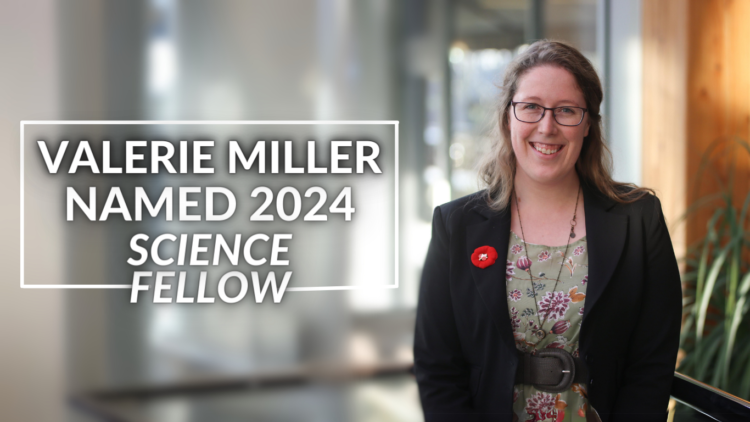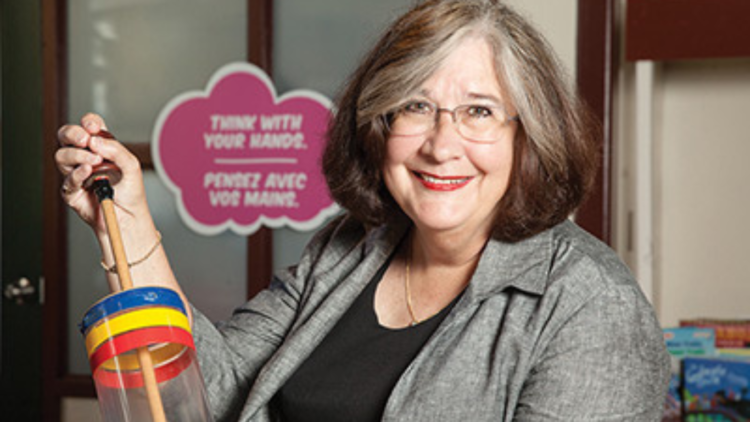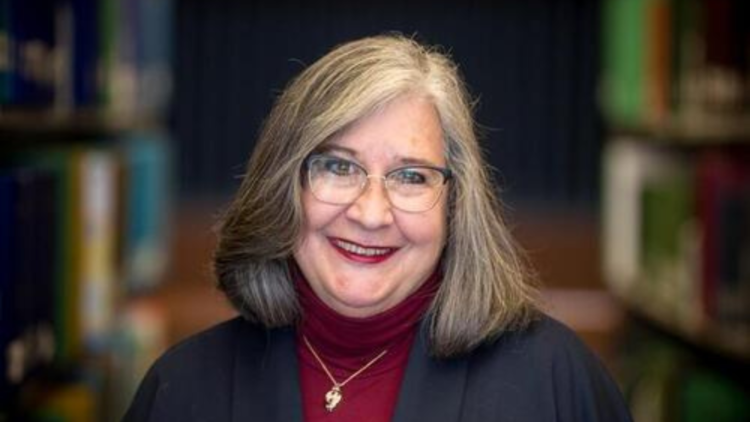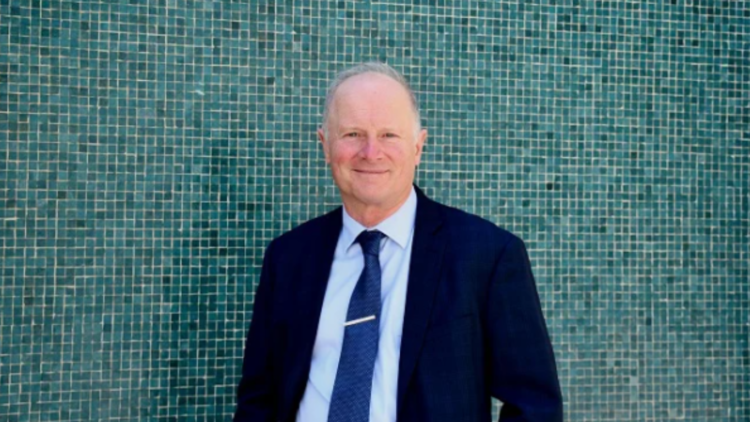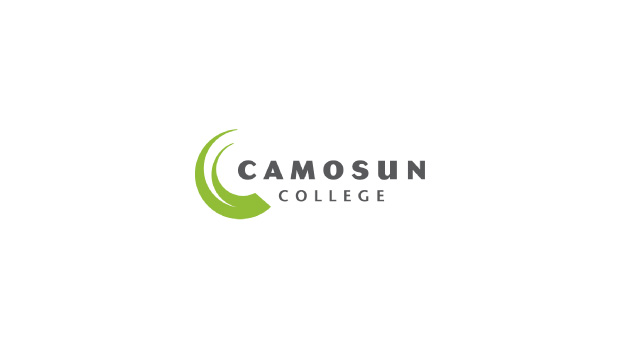February is Black History Month, so we want to highlight some historical Black Canadians who have contributed to science, technology, engineering, and mathematics (STEM). We also acknowledge that there are many unknown contributions to Canadian science made by Black scientists. If you know of any others, please share their stories with us and your networks throughout the year!
Dr. Clotilda Douglas-Yakimchuk
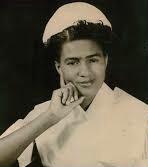
Dr. Clotilda Douglas-Yakimchuk was born on January 11, 1932 in Whitney Pier, Nova Scotia. In 1954, she became the first Black graduate of the Nova Scotia Hospital School of Nursing. She also earned her post graduate psychiatric nursing certificate from the Nova Scotia Hospital and a Diploma in Adult Education from Saint Francis Xavier University.
Dr. Clotilda Douglas-Yakimchuk became the first ever elected, and only, Black president of the Registered Nurses’ Association of Nova Scotia. She founded the Black Community Development Organization and advocated for Cape Breton University to create a nursing degree program. Dr. Clotilda Douglas-Yakimchuk received several awards for her cultural and community achievements. In 2003, she was appointed a Member of the Order of Canada and in 2018, she was appointed a Member of the Order of Nova Scotia.
Read more
Elijah McCoy
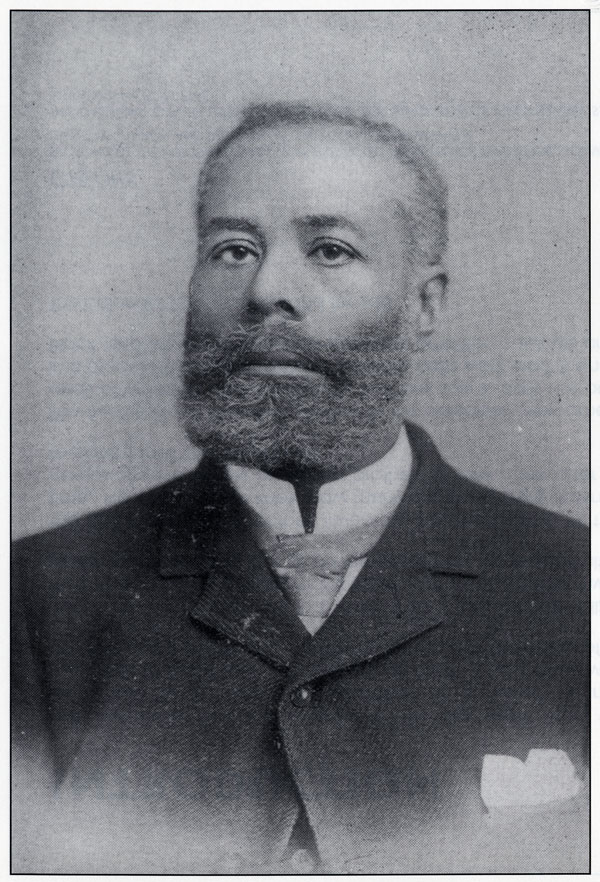
McCoy was born on May 2, 1844, in Colchester, Ontario, Canada. His parents, George and Mildred Goins McCoy, fled from Kentucky to Canada via the Underground Railroad.
From a young age, McCoy showed great interest in mechanics. At the age of 15, he was sent to Edinburgh, Scotland to pursue an education in mechanical engineering. When he returned to North America, he was unable to find work as an engineer despite his qualifications. McCoy accepted a position as a fireman and oiler for the Michigan Central Railroad and was able to use his engineering background to solve some of the common engine overheating problems. After six years on the job, McCoy developed a device commonly known as an “oil-drip cup”. He got his first patent in 1872 for this invention, which distributed oil evenly over the engine’s moving parts. His innovation spread rapidly through the railroad business, as it allowed trains to run continuously for long periods of time without interruption.
Read more
Dr. Charles Lightfoot Roman
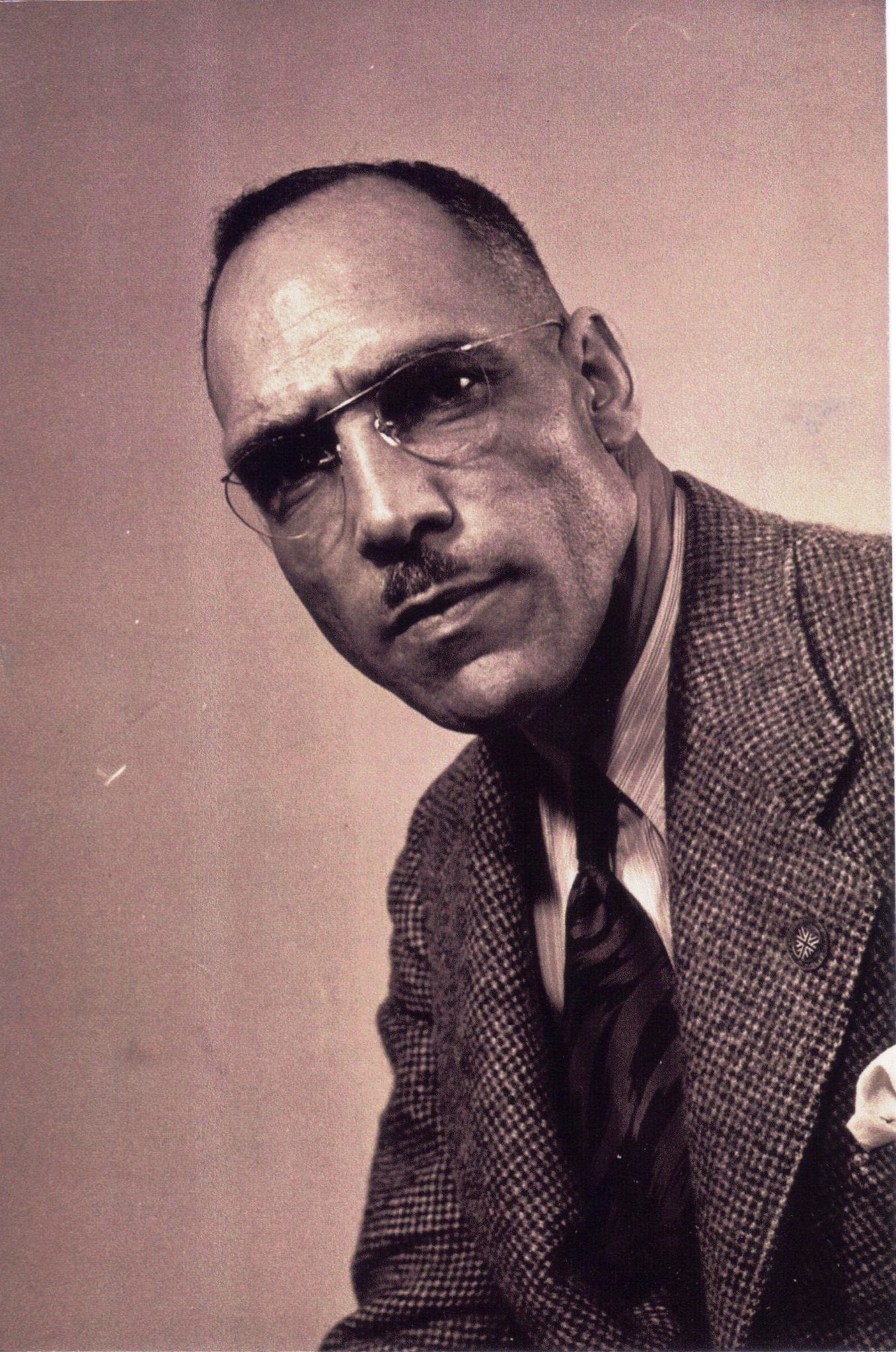
Dr. Charles Lightfoot Roman was born on May 19, 1889 in Port Elgin, Ontario, Canada. He was the grandson of a fugitive slave, James William Roman, who had made his way from Maryland to Canada via the Underground Railroad.
After graduating from high school in 1907, a young Charles travelled to Nashville, Tennessee, to attend Fisk University. In 1910, he graduated with a Bachelor of Science Degree. He stayed in the United States and taught for a year before returning to Canada in 1912 to enroll in the Faculty of Medicine at in McGill University. With the onset of the First World War, he put his studies aside to enlist for service. He was the only known Black person to serve with the Canadian General Hospital No. 3, a field hospital run by McGill near the front lines in France.
After the war, he completed medical school, becoming one of the first Black Canadians to graduate from McGill University’s Faculty of Medicine. Dr. Lightfoot Roman published several scientific articles, advancing the field of occupational medicine, including “Severe Industrial Injuries to the Fingers and their Treatment” published in the Canadian Medical Association Journal (CMAJ) in 1923. He also researched the evolution of health and safety for cotton mill workers.
Read more
Dr. Anderson Ruffin Abbott
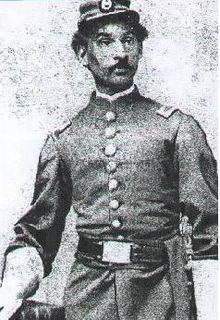
Dr. Anderson Ruffin Abbott was born in Toronto, Upper Canada to Wilson Abbott and Ellen Toyer.
Anderson Abbott was educated at the Toronto Academy, where he was an honours student, followed by Oberlin College in Ohio. In 1857, Abbott enrolled at University College in Toronto to study chemistry. In 1858, he began studies at the Toronto School of Medicine, which later became affiliated with the University of Toronto.
Abbott was licensed in 1861 to practice medicine, becoming the first Canadian-born Black doctor in Canada. Abbott felt compelled to apply his medical services to the American Civil War effort and served in a segregated regiment, the Coloured Troops. Among his experiences as a surgeon, Abbott cared for a dying President Abraham Lincoln.
Read more
William Peyton Hubbard
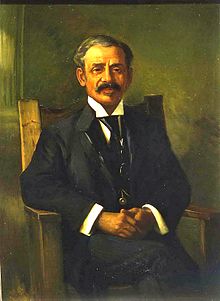
William Peyton Hubbard was born on January 27, 1841 in Toronto, Ontario to American slaves Mosely and Lavenia Hubbard. Mosely Hubbard believed in freedom through education.
Hubbard was trained as a baker at the Toronto Normal School. Although the landmark building was demolished in 1963, but the façade of the building is now located on the Ryerson University campus.
Building on his training, Hubbard invented and patented a commercial baker’s oven – the Hubbard Portable – which he sold through his company, Hubbard Ovens. Hubbard was also Toronto’s first Black elected official, serving as alderman (1894–1903, 1913) and controller (1898–1908), and as acting mayor periodically.
Read more
More Black Canadians in STEM to know + follow!
Along with these influential scientists throughout Canadian history, we want to share our list of Black Canadian Scientists to Know and Black Scientist in Canada to follow (last updated: February 2022). Make sure you check it out and connect with these amazing folks.
Resources
- @BlackAFInSTEM
- Black in Canada
- Canadian Black Scientists Network
- Black Medical Students’ Association of Canada
- Black Physicians of Canada (Twitter, Instagram)
- STEMNoire (Twitter, Instagram)
- National Black Graduate Network
- 100 Accomplished Black Canadian Women
- Recognizing history of Black nurses a first step to addressing racism and discrimination in nursing, The Conversation


